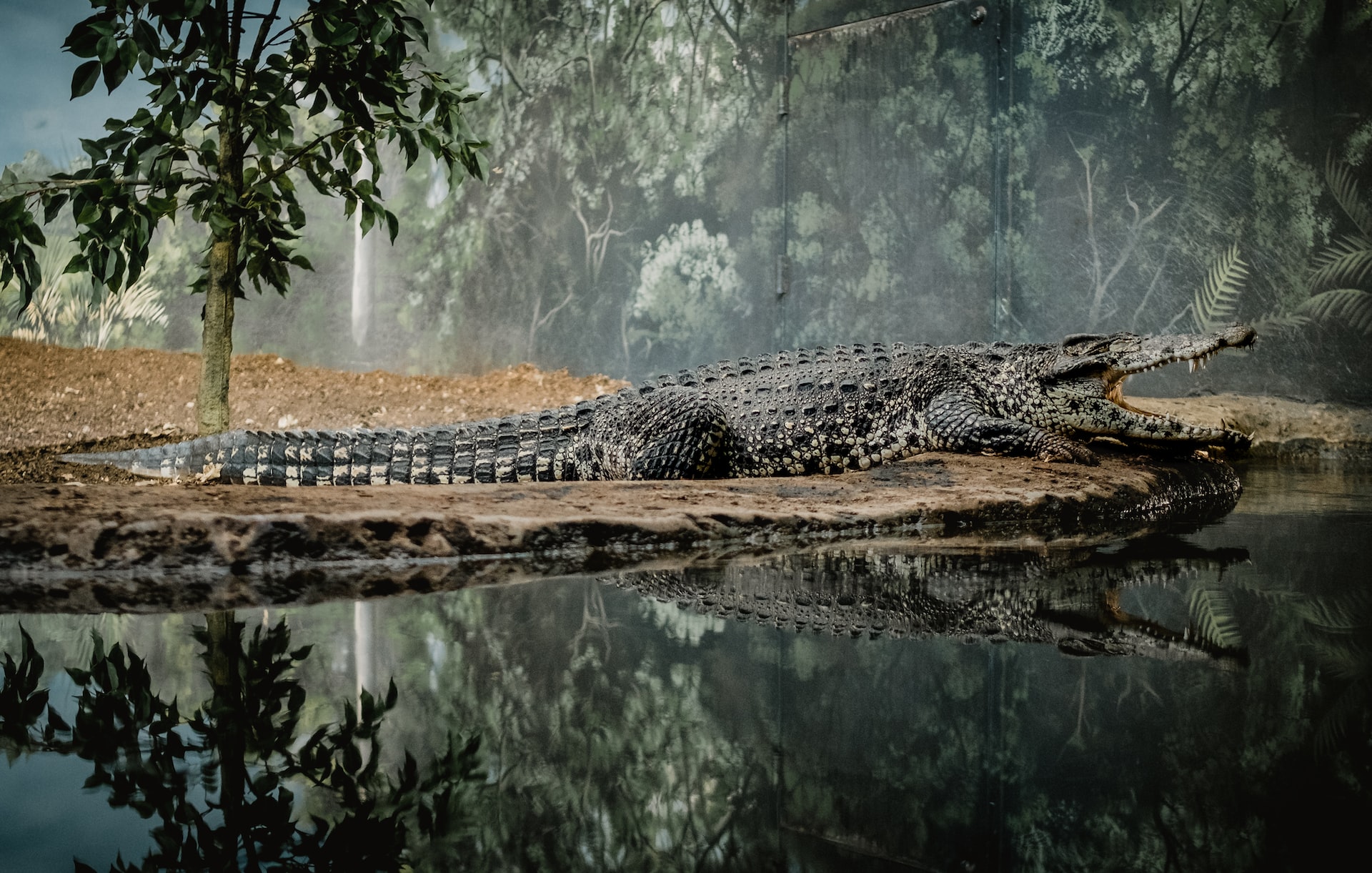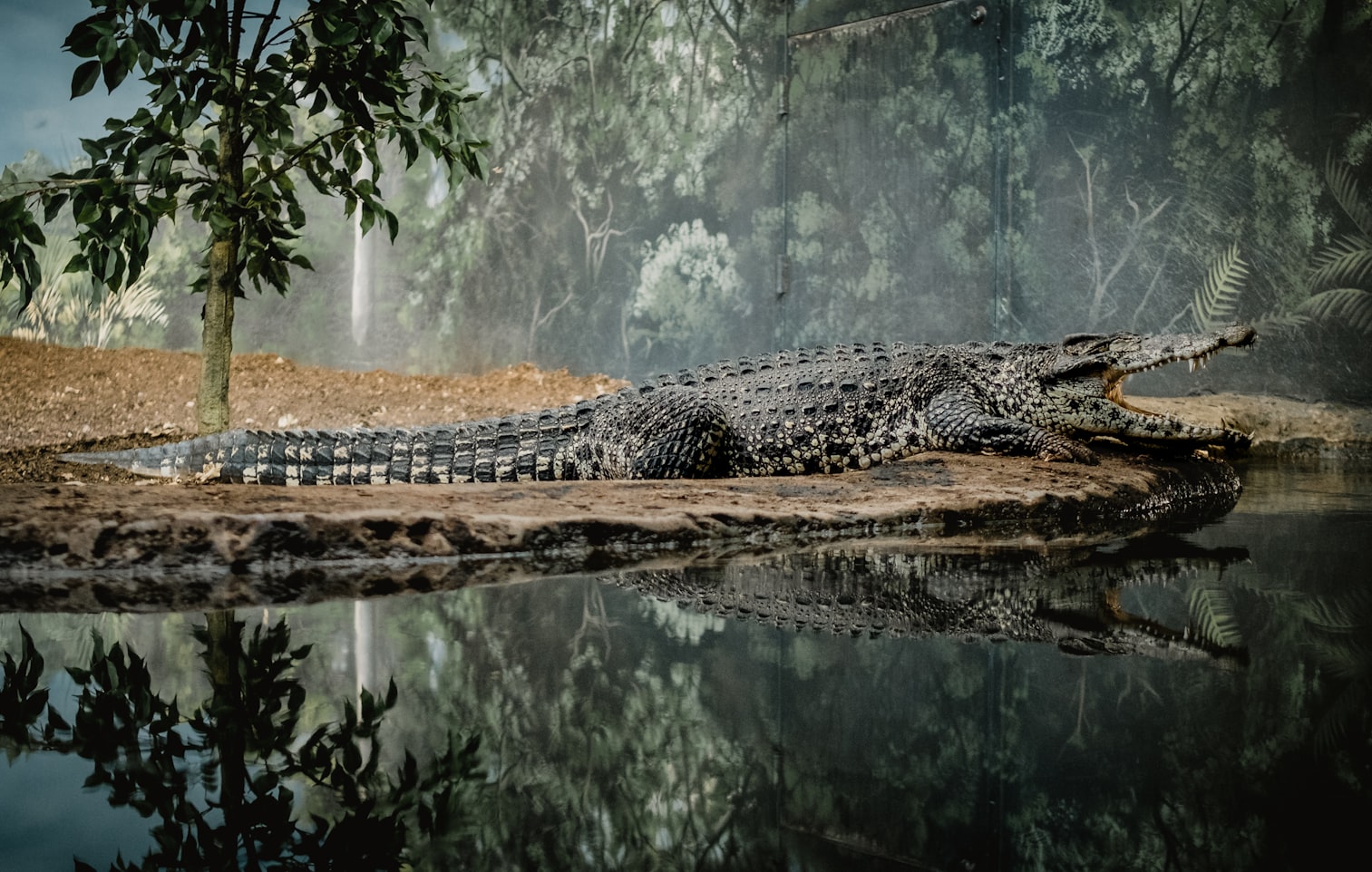The Role of Zoos and Aquariums in Wildlife Conservation and Education

Zoos and aquariums are institutions that house and display a variety of wild animals and marine life for the purpose of conservation, education, and research. These institutions have played an important role in the protection of wildlife and their habitats, and in educating the public about conservation issues.
Conservation
One of the main roles of zoos and aquariums is to help conserve endangered species. This can be done through captive breeding programs, which involve breeding animals in captivity and then reintroducing them to the wild. These programs can help to increase the population of endangered animals and can also be used to reintroduce animals to areas where they have been extirpated.
- Zoos and aquariums also play a role in conservation by working to protect animals and their habitats in the wild. This can include:
- Supporting conservation research and fieldwork: Many zoos and aquariums support conservation research and fieldwork projects, which can help to better understand the biology and ecology of animals, and to identify and address conservation issues.
- Raising funds and awareness: Zoos and aquariums can raise funds and awareness for conservation efforts through admission fees, memberships, and special events.

Education
In addition to conservation efforts, zoos and aquariums also play an important role in educating the public about wildlife and conservation issues. This can include:
- Offering educational programs and tours: Many zoos and aquariums offer educational programs and tours for visitors, which can provide information about the animals on display and their natural habitats.
- Providing interpretive exhibits and displays: Zoos and aquariums often have interpretive exhibits and displays that provide information about the animals on display, as well as conservation issues.
- Encouraging conservation behavior: By educating visitors about conservation issues and encouraging sustainable behaviors, zoos and aquariums can inspire visitors to take action to protect wildlife and the environment.
However, there are also some criticisms associated with the role of zoos and aquariums in conservation and education. One is that, in order to keep animals in captivity, zoos and aquariums have to capture wild animals, which can have negative effects on wild populations. Additionally, the living conditions of animals in captivity may not mimic their natural habitat, which can lead to behavioral and health problems.
In conclusion, zoos and aquariums play an important role in wildlife conservation and education. They are involved in breeding programs and in protecting wild animals and their habitats, while also educating the public about conservation issues.
However, it is important to consider the ethical implications of keeping animals in captivity and the potential negative effects on wild populations. Therefore, it is crucial for zoos and aquariums to focus on conservation and education in a responsible and sustainable manner.
References:
- AZA 2022 Annual Conference
- AAM Annual Meeting
- World Association of Zoos and Aquariums
- World Association of Zoos and Aquariums – Wikipedia
- Conservation Education | US Forest Service
- Education Programs | National Wildlife Federation
- Wildlife Conservation Education
- North American Conservation Education Strategy
- Conservation Education





